interview by Erin Nuttall
When I first got to know Stefanie I was immediately impressed with her work ethic. She’s driven! Add that drive to her very active imagination and you know why she always has multiple projects across multiple age ranges and genres going at once. She’s also a problem solver which is how she came to write her engaging, effective, and fun learn-to-read series. —Erin Nuttall
KidLit Craft: Welcome to the blog, Stefani! What inspired you to write your ABC See, Hear, Do series?
Stefanie Hohl: My kids! My kids inspire pretty much everything I do. I started my Masters of Education in Curriculum and Instruction with an emphasis in Children’s Literature when I was pregnant with my fifth child. I worked on this program slowly over a period of five years. During that time, I wanted to teach my fifth child to read, as I had his older siblings. However, he learned differently than my other kids, and I knew the methods I had used with his siblings would not work well for him. One of my classes required a research project, so I chose to research methods of teaching children to read. I had seen my 4th child’s preschool teacher use a method that taught reading through movement, and I tried to find something similar that was parent-friendly and meant for home use. When I couldn’t find anything, I decided to create my own method as part of my research project. I tried it out with my youngest son, who was three by this time, and was shocked at how well it worked. I knew I needed to share this discovery with other parents, and ABC See, Hear, Do was born!
KLC: Can you summarize the ABC See, Hear, Do learning method? (unless it’s a trade secret!)
SH: Haha, it’s not a trade secret! What I found in my research is that children learn faster and retain more information when they use multiple learning modalities. Traditional learn-to-read methods focus on visual and auditory learning styles. ABC See, Hear, Do adds in kinesthetic learning by introducing a hand motion for each letter sound. Adding movement to learning to read not only makes it more engaging, it helps children learn the material faster and retain it longer. That’s the science and research part—but it’s really all about making learning to read playful, silly, and FUN!
KLC: What is unique about writing for beginning readers?
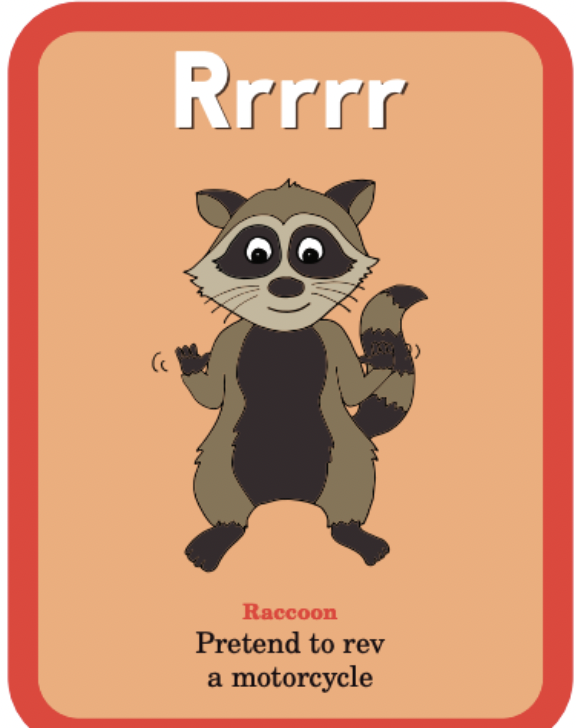
SH: The most challenging part of writing for beginning readers is being limited in word choice! In my early reader, Cat Can Fix It, I wanted to write a complete story with a character arc, emotional depth, and an interesting plot. But I could only use CVC (consonant vowel consonant) words, such as cat, sat, or pat. I couldn’t use “I” or “me” or “the” or “said,” because young children can’t sound those words out. It took a lot of thought and creativity to figure out how to accomplish this. It also took a lot of revision and help from my critique groups. So even though writing a beginning reader with only 50 words may seem like a simple task, it’s actually quite difficult.
KLC: Can you tell us a bit about your writing process? Is your process different when you write PB vs. beginning readers vs. MG?
SH: Not really. Anytime I start a new project, I’m thinking about beginning, middle, and end. I’m thinking about tension and what will move the story forward. Picture books are a lot shorter, but they still have the same elements of a story. Understanding each form has helped tighten and improve my writing in all the other forms.
KLC: Pantser, plotter, or plants?
SH: I prefer pajamas to pants, and I’ve killed every plant I’ve ever owned, so that leaves me 100% a plotter. I usually come up with a rough outline, then write a really, really, really crappy first draft and then plot it out in more depth before writing my slightly less crappy second draft.
KLC: Character first or plot first?
SH: Plot first. I’m a very active person, and my life is all about doing things. My books are the same way. Plot always comes first, and I struggle much more with character.
KLC: How does side writing fit into your process?
SH: I never did any side writing until I was forced to do it in grad school. I had such limited time to write that side writing felt like a waste of time. However, I quickly learned that side writing is SO HELPFUL. Now, I always do side writing about my characters because it helps me get to know them so much faster, and in the long run, it saves me time.
KLC: Now that you’ve written a beginning reader series, do you have any tips for fellow writers who are working on books for new readers?
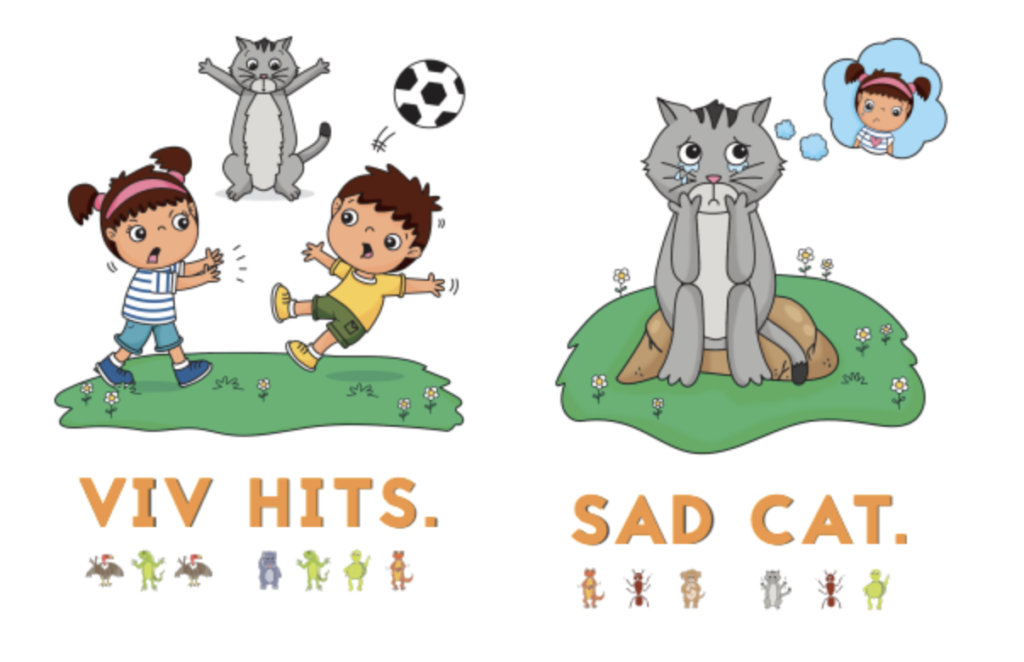
SH:
1. Use words that kids can actually read. Some words that you think are easy to read are actually difficult. Take the time to learn about phonics and how kids sound out words.
2. Just because you have to use simple words doesn’t mean the story has to lack emotion or depth. It’s challenging, but try to still use all the elements of story—character, plot, setting, etc.
KLC: How has craft study informed your writing?
SH: Studying craft is the best thing I have done for my writing. I like to write in many different genres, and each one informs the other. Reading and studying books and examining how other authors accomplish their craft has helped me tremendously. Being part of critique groups has also taught me so much and made my writing so much stronger.
KLC: What do you wish you had known about the publishing industry that you know now?
SH: It’s hard to sell books, and it’s even harder to make money selling books. When you get rejected by an agent or a publisher, it’s often because they don’t know how to sell your project. In the end, it all comes down to money and whether or not the investment will pay off.
KLC: What’s next on the horizon for your new fans?
SH: So many things! I am working on more early readers, with two more planned for release by the end of the year. We are also working on a Curriculum & Activity Guide that parents can use in tandem with the learn-to-read books. And last, we are hoping to delve into science and math books in the near future!
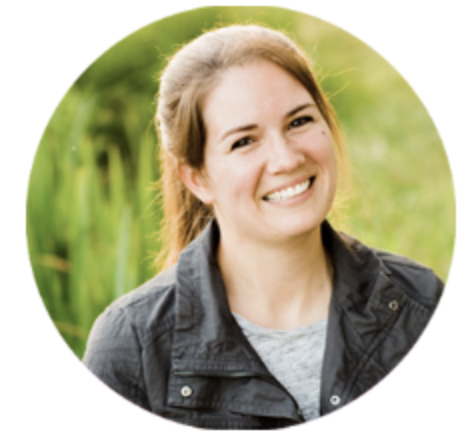
Stefanie Hohl loves to write books for kids! She is the author of The Remember Tree and Where is the Star. She is also passionate about discovering better methods for teaching young children and loves to share that knowledge with others. She has a Masters in Education in Curriculum and Instruction from Penn State and a Masters of Fine Arts in Writing for Children and Young Adults from Vermont College of Fine Arts. Stefanie is the creator of ABC See, Hear, Do, a learn to read program for kids, and the founder of Playful Learning Press, a publishing company focused on teaching children through movement. Stefanie lives in Pittsburgh with her husband, five children, a very silly dog, and two cuddly cats. You can find her at stefaniehohl.com.
Check out our author interviews with picture book authors!
Erin Nuttall holds an MFA in Writing for Children and Young Adults from Vermont College of Fine Arts and is an active member of SCBWI and ALAN. She lives outside of Chicago with her family where she writes stories for middle grade and young adult readers that offer a humorous take on friendship, identity, feminism, and romance.
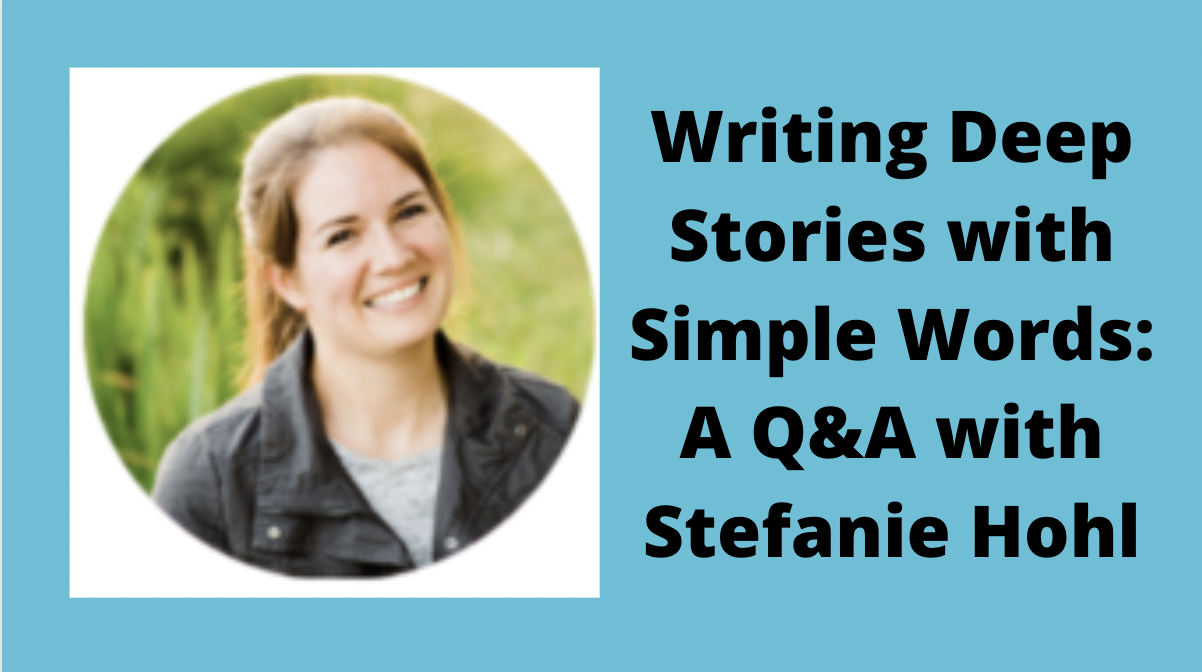
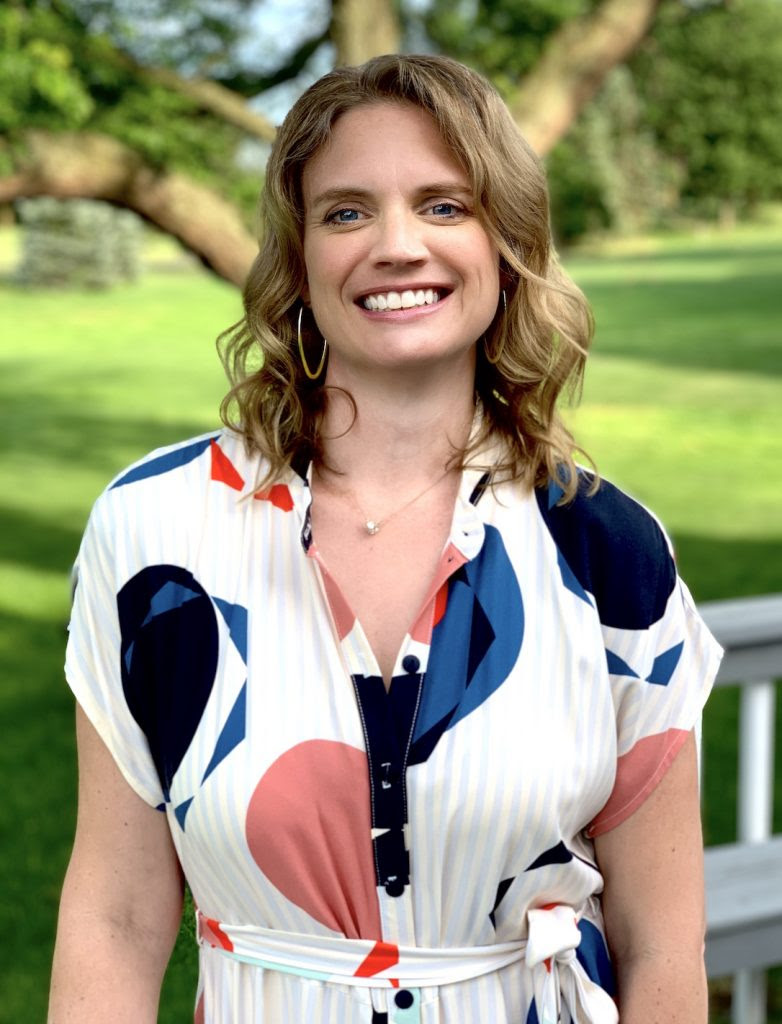
COMMENTs:
0